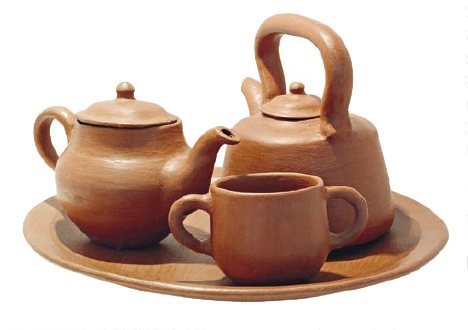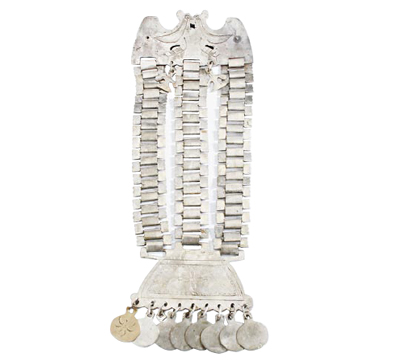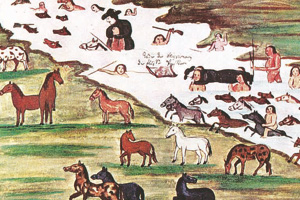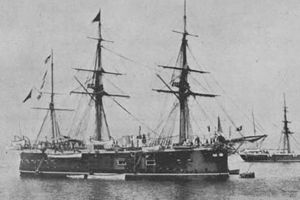In issue number fourteen of our collection, we have gotten to know the legend of Treg-treg and Cai Cai and we’ve learned more about the human and physical geography of the Region of Araucania, as well as the mapuche people’s cultural expressions. To make sure you don’t forget what you’ve just learned, we invite you to go over this summary and answer a few questions.
Treg-treg and Cai Cai
One day, Cai Cai decided to overflow the water of the ocean with strong tail lashes to end life on the planet. Treg-treg saw what was going on from afar and told everyone to run up to the mountains to save themselves. Unfortunately, most people drowned, but a small group managed to survive. They are supposedly the ancestors of the mapuche people.
1. What did Cai Cai the serpent do?
2. Who are supposedly the ancestors of the mapuches?
Facts on the Region of Araucania
– The northern border of the Region of Araucania is the Region of Biobio; its southern border is the Region of los Rios; the eastern border is Argentina and the western border is the Pacific ocean.
– The capital is Temuco and it is administratively split into two provinces: Malleco and Cautin.
– It has a surface area of 31,842.3 km2; a population of 869,535 inhabitants (2002 Census) and a population density of 27.3 inhabitants per km2.
1. What are the borders of the Region of Araucania?
2. How many provinces are in this region?
3. What is the region’s population density?
Relief and popular traditions
– The four forms of relief present in this region are: coastal plains, the Coastal mountain range, the intermediate depression and the Andes mountains.
– The mapuche diet is mainly based on vegetables, fruits, herbs and meat.
– Merken is the most typical mapuche spice. Today, it has spilled-over into international cuisine.
1. Which are the predominant forms of relief found in Araucania?
2. What is mapuche food based on?
3. What is the typical spice used by this culture?







 La Escuadra Nacional bloquea el puerto de El Callao
La Escuadra Nacional bloquea el puerto de El Callao